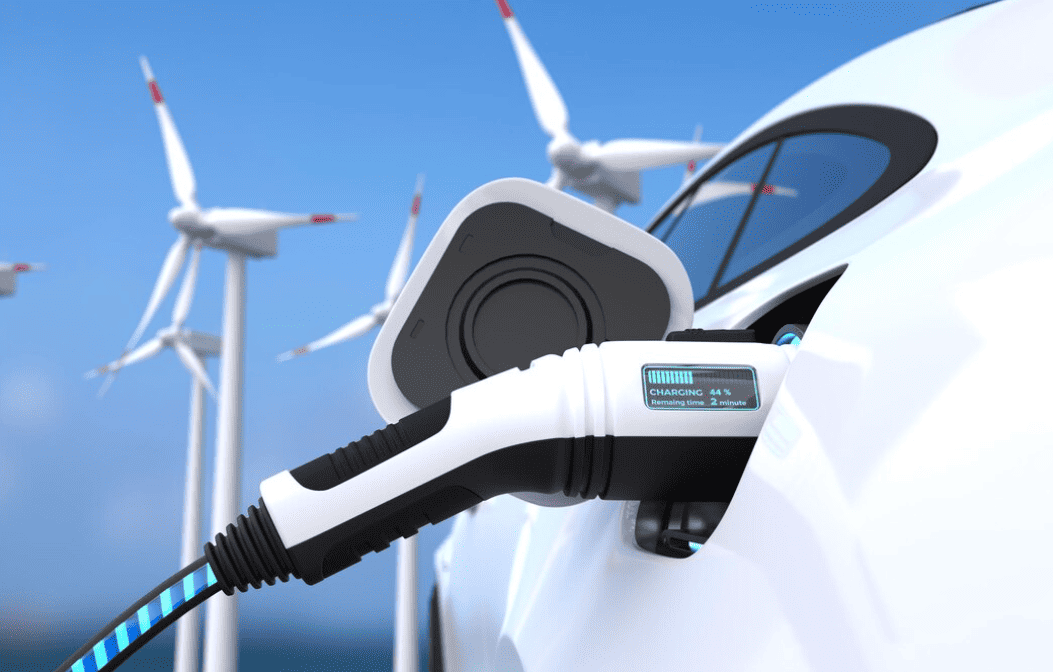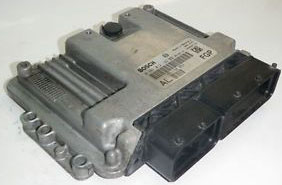According to the U.S. Department of Energy, around 11,500 miles are travelled annually in light-duty European cars, including automobiles, vans, and pickup trucks. However, sometimes people simply don’t drive as much. The majority of people drive their automobiles every day or at least once a week. However, there are some occasions when you simply cannot. It could be winter and you can’t drive your convertible, or perhaps you took a lengthy trip. Mechanical difficulties shouldn’t arise if you leave your automobile parked for a few days, a week, or two. But if you do so for an extended period of time, you may have troubles.

Particularly now that the pandemic has caused many people to work from home. Your European car should ideally be driven every two to three weeks. If not more frequently if you are unwilling to store it.
You could believe that all it takes to warm up the engine is for the automobile to idle for a short while. While this is the basic minimum and unquestionably preferable to nothing. It is advisable to drive it at least 10 miles. To change the speeds, alternate between motorways and backroads. At least you’re opening her up and checking to make sure everything is okay. If all you do is drive your car from your house onto the motorway, take the next exit, and then drive back home.
Consequences of not using your European car enough
Here are some potential consequences of leaving your car idle for an extended period of time:
Your battery’s charge will deplete:
When not in use, batteries gradually lose their charge. When you quickly resume your automobile after it has been parked for a while, the battery is further depleted. You might even require a replacement or a jump start. Your tyres will deflate or lose air pressure. Because European cars are so hefty (a midsize SUV weighs twice as much as a compact car. Which weighs roughly 2,500 pounds). If your car isn’t moved, the weight will rest on the side of the tyre closest to the ground. Your tyre loses air as a result, developing flat areas. If you notice it in time, you can round out the tyres once more. However, failure to do so may result in irreversible tyre damage, which causes vibrations when driving.
Fluids, including oil, will degrade:
Like Coke which turns flat when left out, your car’s fluids will go stale while not in use. Oil and other fluids warm up to operational temperatures while you’re driving. Allowing them to flow properly and lubricate seals and gaskets. Additionally, this aids in the effective operation of the air conditioning, power steering, belts, and gearbox.
Read more: What type of car brake fluid is best for your vehicle?
Gas might become faulty:
Due to the increased susceptibility of an empty tank to moisture. You should always keep your gasoline tank at least one-quarter full. As you are well aware, moisture causes rusting. Additionally, condensation can degrade engine oil. Did you realise that after about a month, gasoline can degrade? It will definitely go bad if you wait several months to use it. You will need to syphon it out and inject new gas in this situation. The engine cannot be effectively started with old fuel, and deposits might form and harm the fuel system.
Bugs will get in:
Pests and animals, such as ants, rodents, and wasps. Will establish a home in your car and gnaw through the insulation, plastic, and wiring.
The effects of the surroundings and the weather will be felt. If you don’t frequently scrape them off. Everything from rain to tree sap to bird droppings can harm your clear coat and paint. Even when using a car cover, the wind can scuff the paint job underneath with debris, and moisture. Can collect and cause rust.
If you suddenly restart your car after letting it idle for weeks or months, you’ve been neglecting it for a while. Even if you don’t get to use your European car as much as you’d like, you should keep in mind that it’s an investment. You will be accomplishing a lot more than you realise by keeping it well-maintained and occasionally taking it for a ride.
How to shorten your European car’s shelf life
It’s crucial to remember that purposefully destroying or neglecting your European car can be risky and may even be against the law in some areas if you want to shorten the lifespan of your car. In general, it’s not advised to intentionally shorten a car’s lifespan because doing so might have negative effects and be bad for the environment. However, if you decide to go ahead with this request, please be aware that the following general recommendations may cause your car to deteriorate more quickly:
- Lack of maintenance: Over time, skipping out on routine maintenance chores like oil changes, fluid top-offs, and filter replacements can cause mechanical problems and engine damage.
- Ignoring warning signals: Ignoring warning indicators of possible concerns, including odd noises, leaks, or warning lights on your dashboard, may lead already-existing problems to deteriorate and result in more serious harm.
- Reckless driving: The engine, gearbox, brakes, and suspension parts may get more stressed if you drive aggressively frequently, such as with strong acceleration, sudden braking, and excessive velocity.
- The absence of warm-up and cool-down: Failure to properly warm up your car before driving and failure to let it cool down after driving can result in increased wear on engine parts.
- Overloading: Constantly exceeding the recommended weight limit on your automobile can strain the suspension, brakes, and other parts, perhaps leading to premature failure.
- Exposure to extreme weather: If at all possible, avoid exposing your car to conditions that can cause it to rust and degrade more quickly, such as constant exposure to extremely hot or cold temperatures.
- It’s important to keep in mind that purposefully causing damage to your vehicle may result in dangerous situations and perhaps legal troubles. Generally speaking, it’s a good idea to take good care of your automobile, follow suggested maintenance schedules, and drive safely to preserve both its longevity and your safety.



